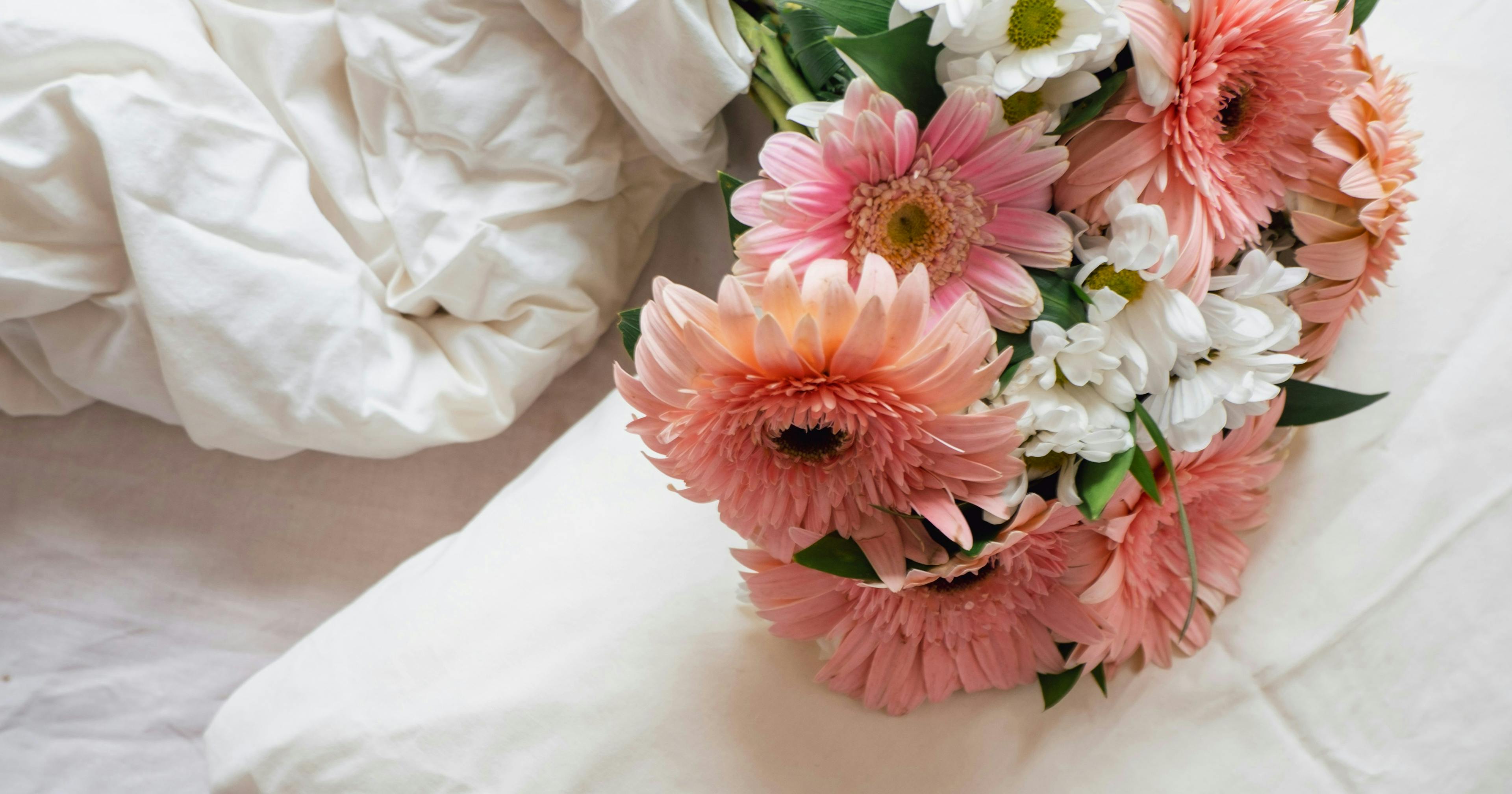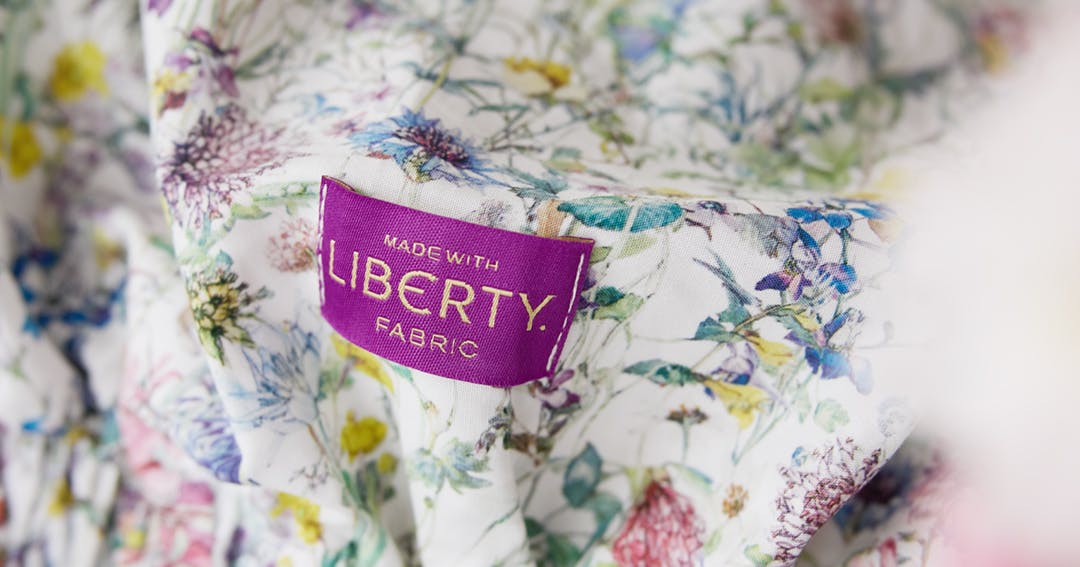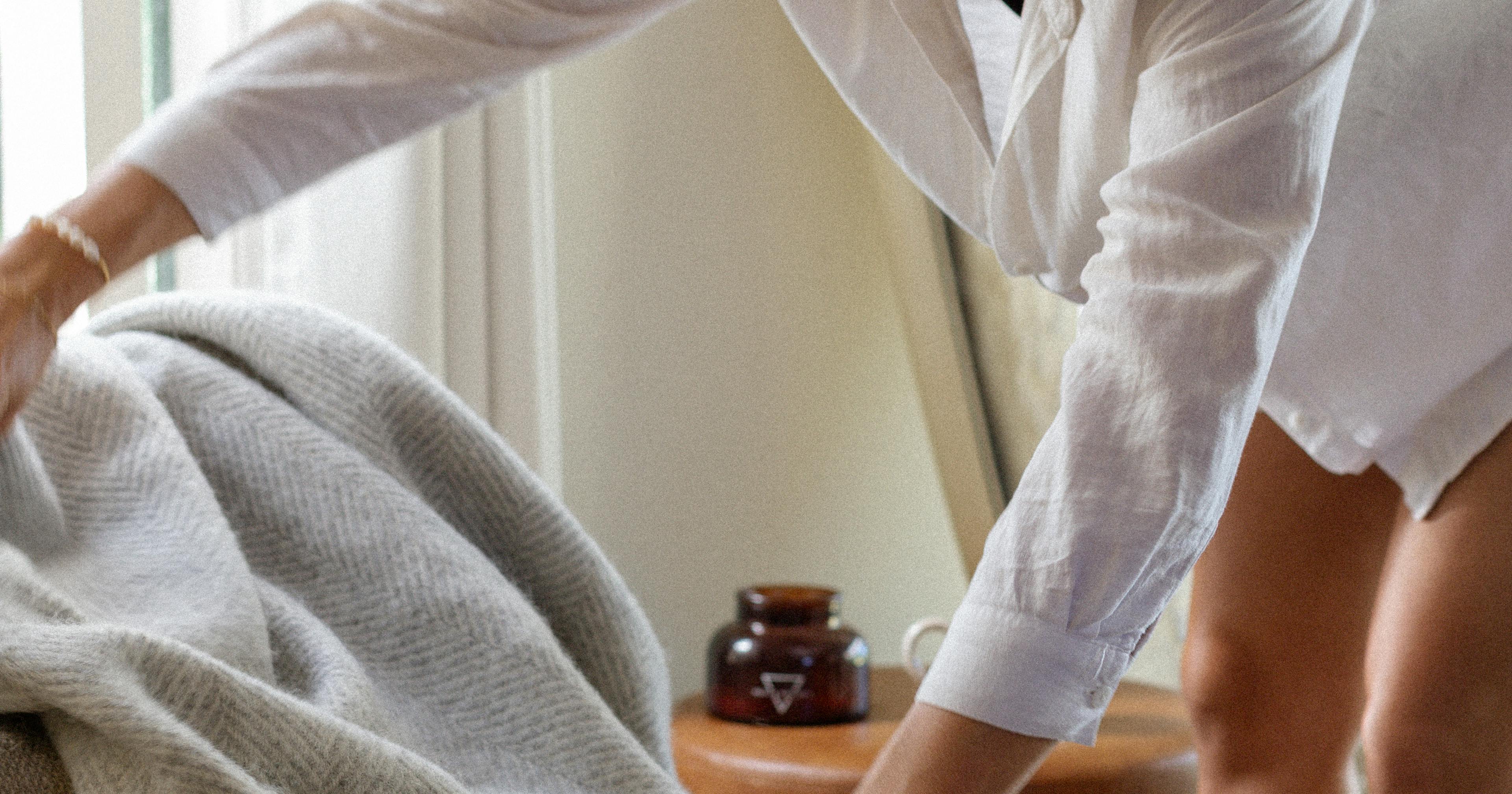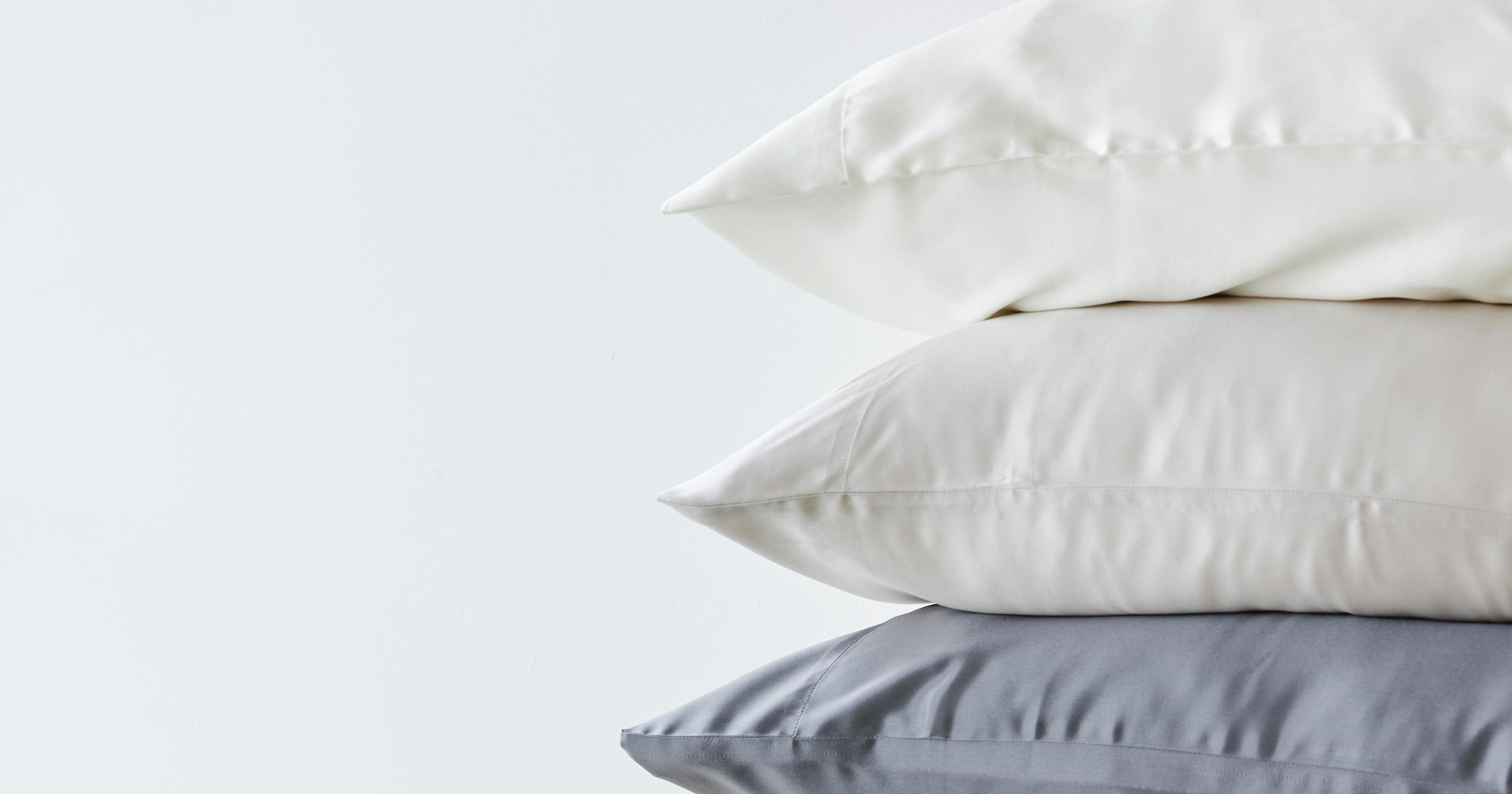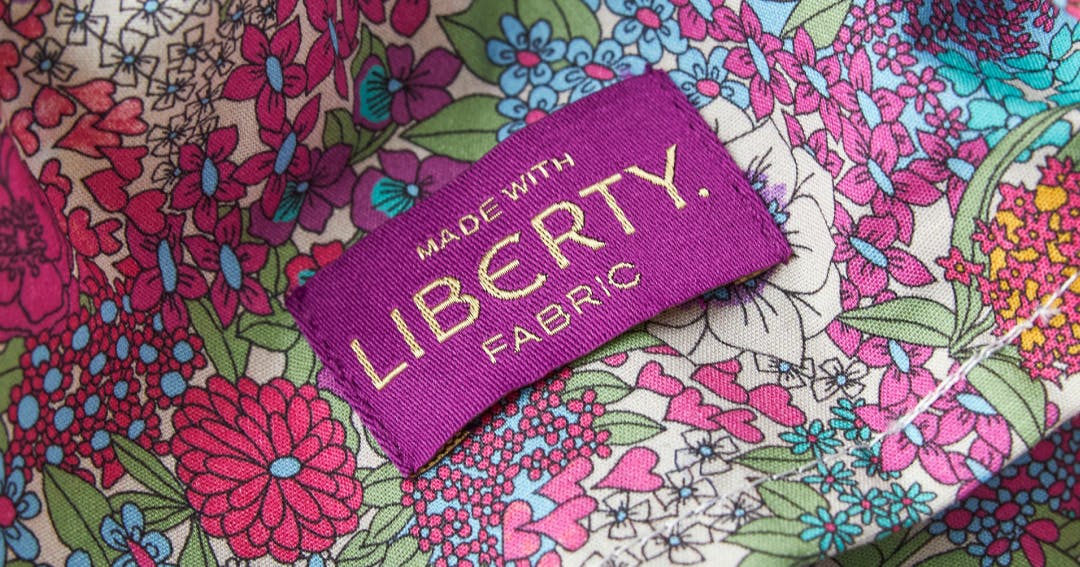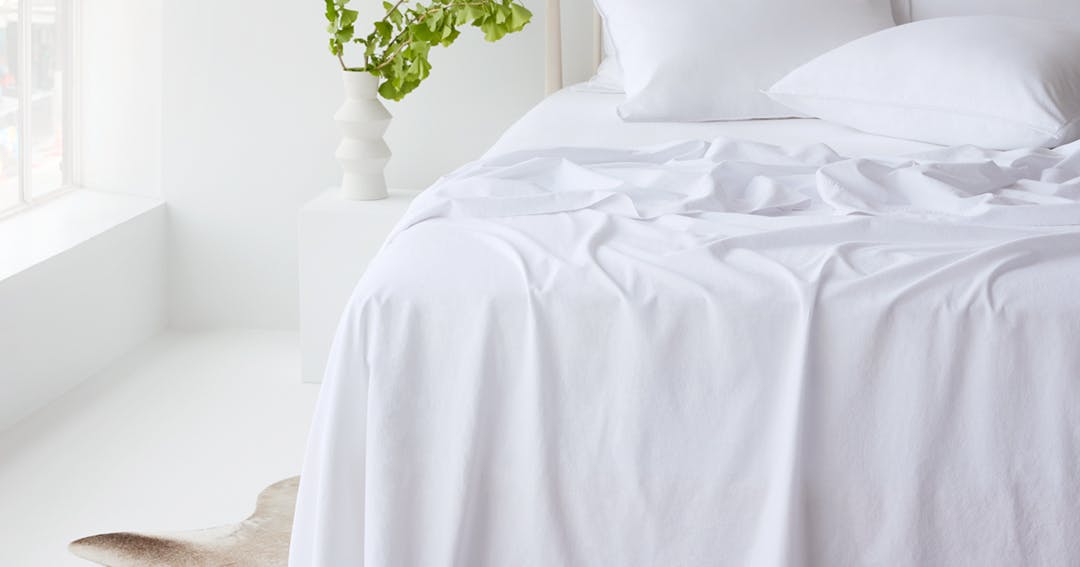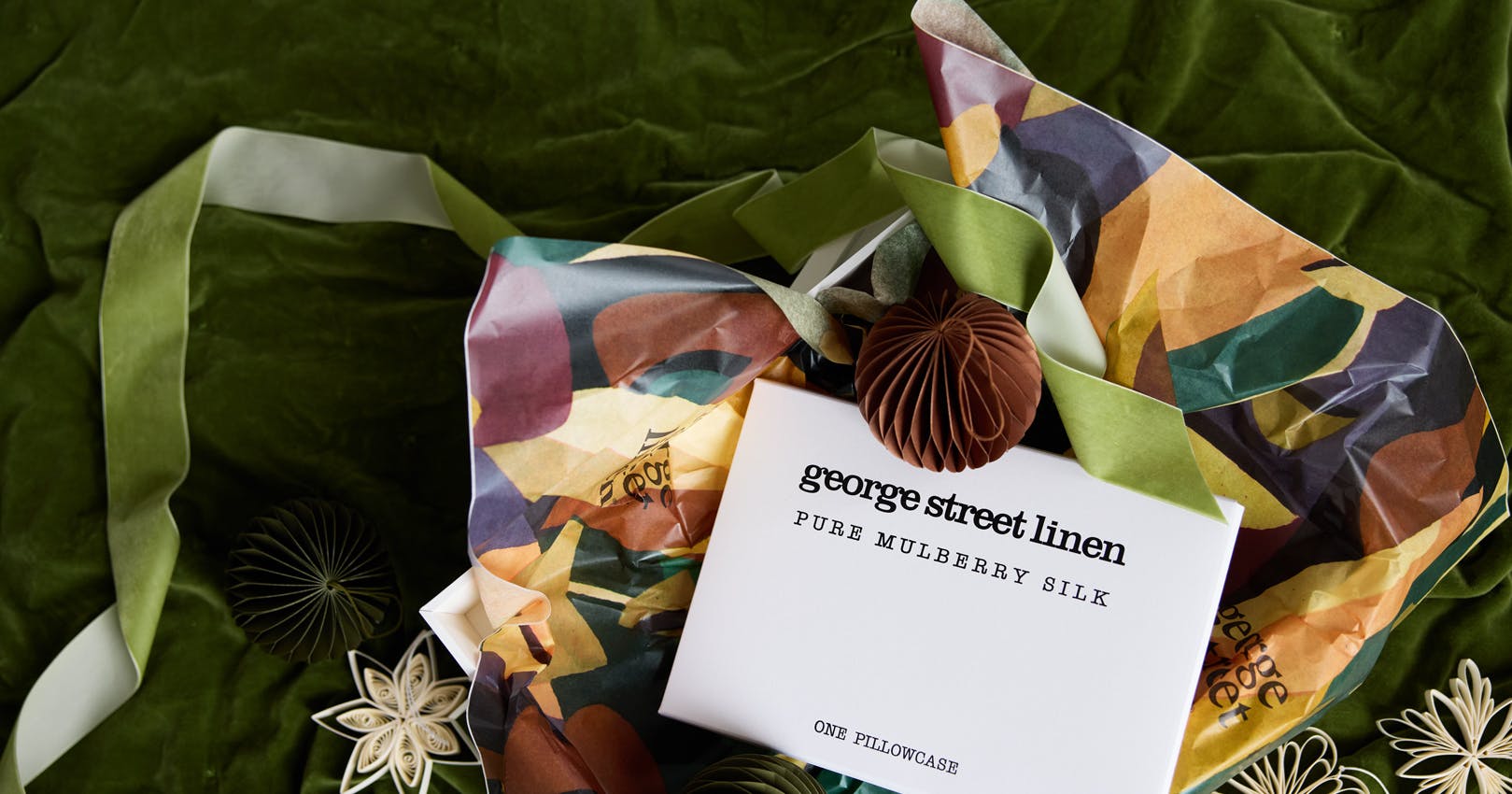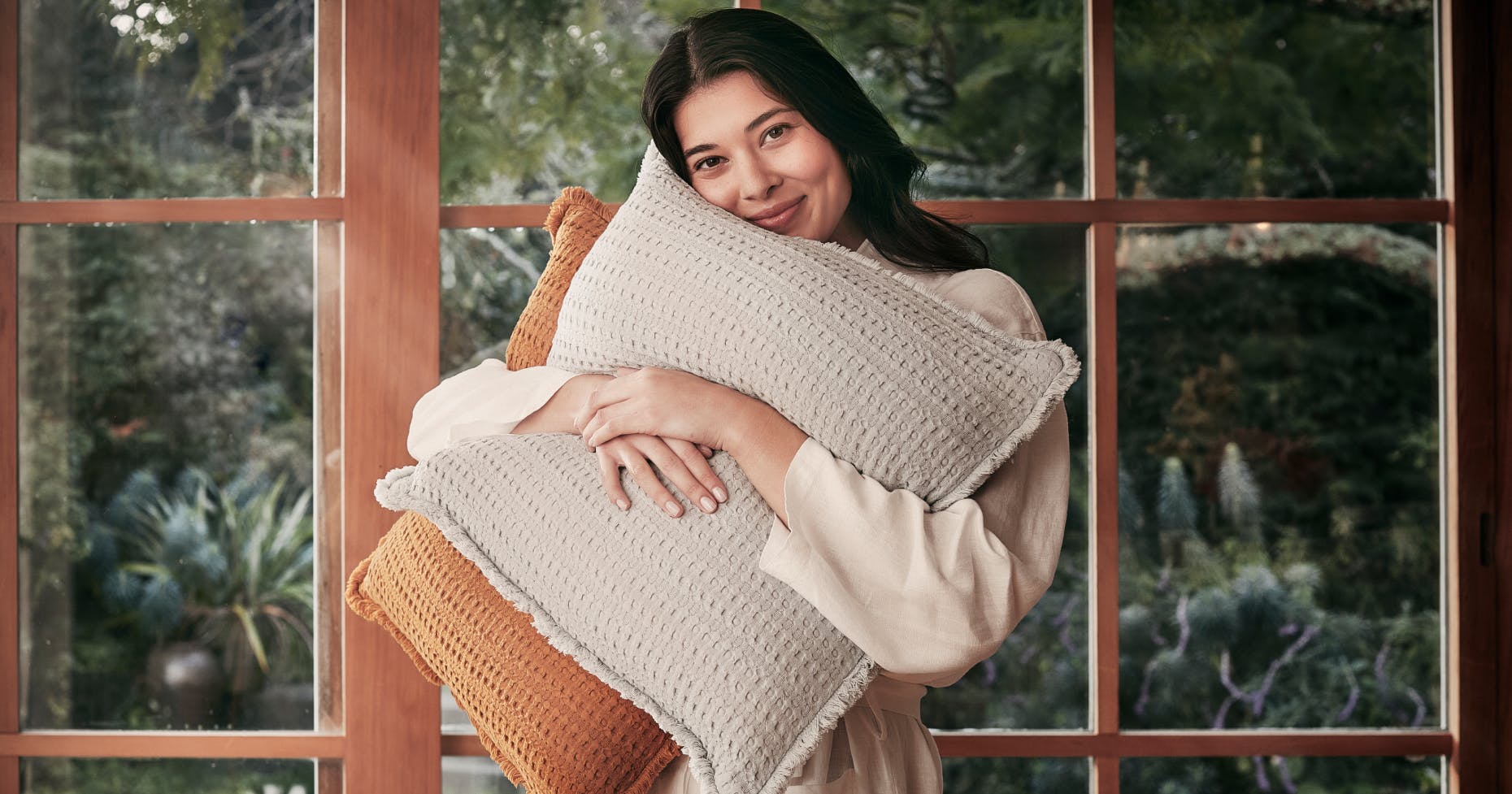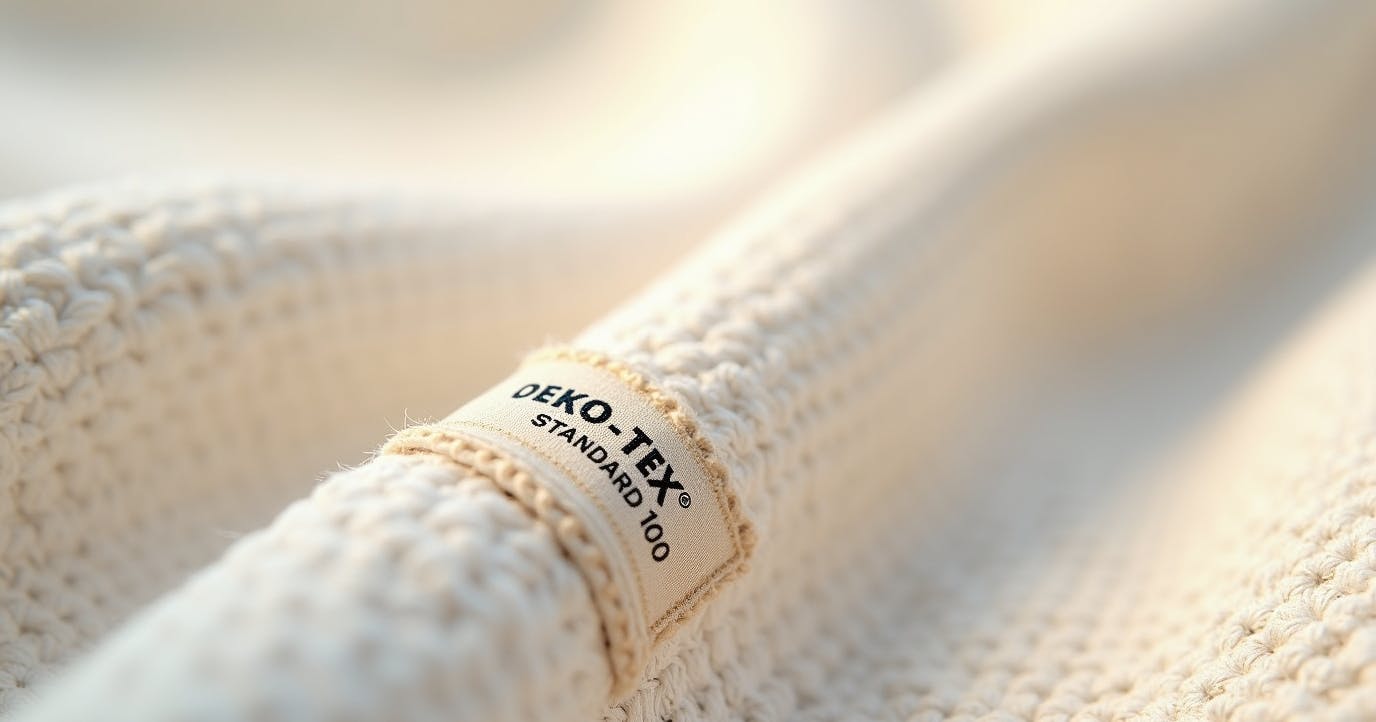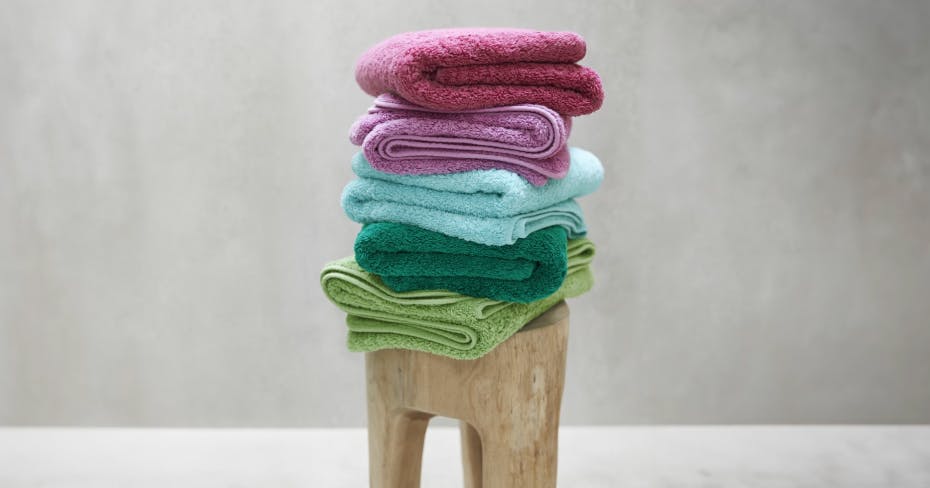At George Street Linen, we believe in the power of colour to create ambiance, evoke emotions and express your personal style. And to unleash that power, it helps to have a little inside knowledge.
Once you understand the relationship colours have to each other, and how they are mixed together, you can start having fun. There are no hard and fast rules. It’s all about what feels good to you. But there are a few tricks and we plan to reveal them month by month so you can turn your bedroom into a sanctuary.









